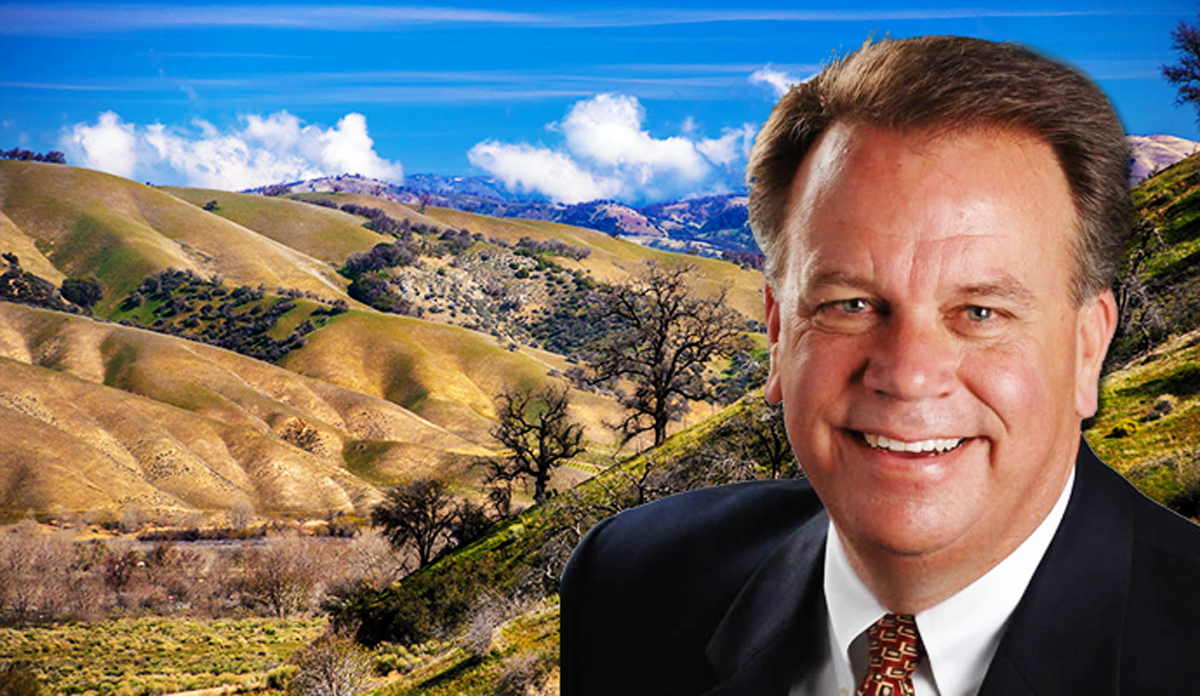Trending
County officials at impasse on fate of Tejon Ranch’s sprawling Centennial
The proposed 20K home community has been in the works for nearly two decades

Since it was first envisioned nearly two decades ago, a sprawling 12,000-acre master planned community in the undeveloped Tejon Ranch has been a prime target for environmentalists and preservationists.
Their concerns about the dangers of urban sprawl and environmental degradation seemingly were resolved in 2008, when the developers of the Centennial project agreed to preserve 90 percent, or roughly 178,000 acres, of the vast ranch.
But times have changed. With a housing shortage in Southern California reaching crisis proportions, the proposed community, which would provide 20,000 new homes, has lately taken on new urgency. As the project makes its way through the various levels of county review, the debate is heating up once again.
In a hearing Wednesday at City Hall, a predominantly male group of businessmen and lawyers, bearing a lime green “Support Centennial” sticker on their left suit pocket, faced off against a considerably larger group of preservationists, local residents and academics, who held up “#StopCentennial” signs.
The developer, Tejon Ranch Co., “has spun Centennial as a way to solve the L.A. housing shortage, but building 60 miles away is like a doctor attempting to cure a patient of the flu by amputating her leg,” said J.P. Rose, a staff attorney for the Center for Biological Diversity. “Centennial deserves to be in a museum as an excellent example of 20th century sprawl development.”
Some 50 people spoke on the highly contentious development at the project’s second Regional Planning Commission hearing. The commission did not vote, postponing a decision to a third hearing, scheduled for Aug. 29.
Tejon Ranch Co., a publicly-traded firm based in the Central Valley city of Lebec, is behind the sprawling community. Once dubbed “Sim City” by the New York Times, Centennial would include building nearly 20,000 homes and 10 million square feet of commercial space on untouched rolling grasslands. The ranch is about 60 miles north of the City of L.A. and 40 miles from Santa Clarita. There would also be a school, sheriff’s station and recreational parks on-site, as well as infrastructure for its own waste and technology.
Supporters of the development, who remained relatively quiet during the hearing, have claimed the project would provide a partial answer to the state’s housing shortage. The 55,000-person community would also provide thousands of jobs, they say.
“What other landowner has dedicated 90 percent of their property to open space?” said James Vose, Chairman of the Lancaster Planning Commission, who spoke in favor of the project. “It’s an impressive undertaking to say the least.”
Opponents of the project said Centennial would provide housing too far from where it is needed and would be situated along two earthquake fault lines. It would drastically damage the natural habitat on the ranch and increase California’s emissions of greenhouse gases through vehicle traffic, they said.
“The region is exceptionally important because it connects coastal habitats to deserts and inland mountains,” said Sandra Namoff, an adjunct biology professor at Chaffey College. “We can choose to continue to allow this habitat, or we can choose to allow a development plan that will create outdated, sprawl-type community.”




